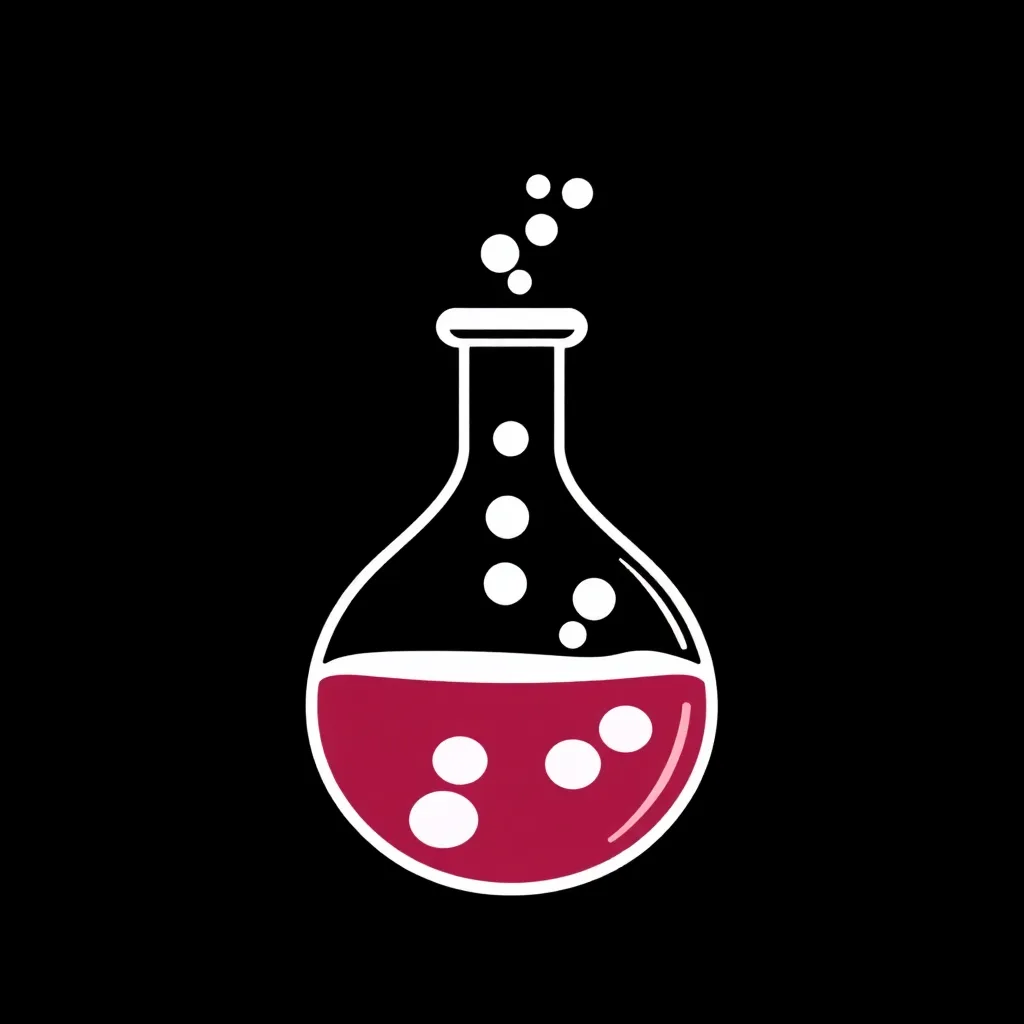
IUPAC Name Generator
Generate Accurate IUPAC Names for Chemical Compounds
IUPAC Name Generator

What is the IUPAC Name Generator?
The IUPAC Name Generator is a tool designed to automatically produce the systematic IUPAC (International Union of Pure and Applied Chemistry) name for a given chemical structure or input. This ensures standardized chemical nomenclature, crucial for clear communication and research in chemistry.
Accurate Nomenclature
Generates names adhering to IUPAC rules for reliable chemical identification.
Time-Saving Efficiency
Automates the naming process, saving time and reducing errors compared to manual methods.
Versatile Application
Suitable for researchers, students, and anyone needing to name organic and inorganic compounds.
Improved Communication
Facilitates clear and unambiguous communication of chemical compounds across disciplines.
Educational Resource
Aids in understanding IUPAC nomenclature rules by providing correct examples.
How to Use the IUPAC Name Generator
Simple steps for generating IUPAC names:
Input Chemical Structure
Provide SMILES string, InChI code, or draw the chemical structure directly.
Click 'Generate'
Initiate the IUPAC name generation process.
Review the Output
Examine the generated IUPAC name and verify its accuracy.
Use/Save the Result
Copy and use the generated IUPAC name in your research, reports, or publications.
Relation Tools

Wrestler Name Generator
Craft the Perfect Wrestling Persona with a Unique Name

Native Name Generator
Craft authentic and evocative names inspired by diverse cultures with our AI-powered Native Name Generator.

Genie Name Generator
Unleash the power of imagination and create unique genie names with our AI-powered generator.

Hazbin Hotel Name Generator
Generate your own unique name suited for the chaotic and captivating world of Hazbin Hotel!

Random Star Wars Name Generator
Jump to hyperspace with our Random Star Wars Name Generator and craft a persona worthy of the galaxy far, far away!

Latinized Name Generator
Transform your ordinary name into a classic Latin version. Experience the timeless elegance!

Object Show Name Generator
Struggling to name your object show? Generate unique and creative names in seconds!

Posh Name Generator
Generate unique and sophisticated names with our AI-powered tool.
IUPAC Name Generator Examples
Examples of chemical structures and their corresponding generated IUPAC names:
Ethanol
Input: CCOC Output: Ethanol
Benzene
Input: c1ccccc1 Output: Benzene
Acetic Acid
Input: CC(=O)OH Output: Acetic acid
Cyclohexane
Input: C1CCCCC1 Output: Cyclohexane
Methane
Input: C Output: Methane
Water
Input: O Output: Water
Sodium Chloride
Input: [Na+] ... [Cl-] Output: Sodium chloride
Frequently Asked Questions About IUPAC Name Generation
Find answers to common questions: